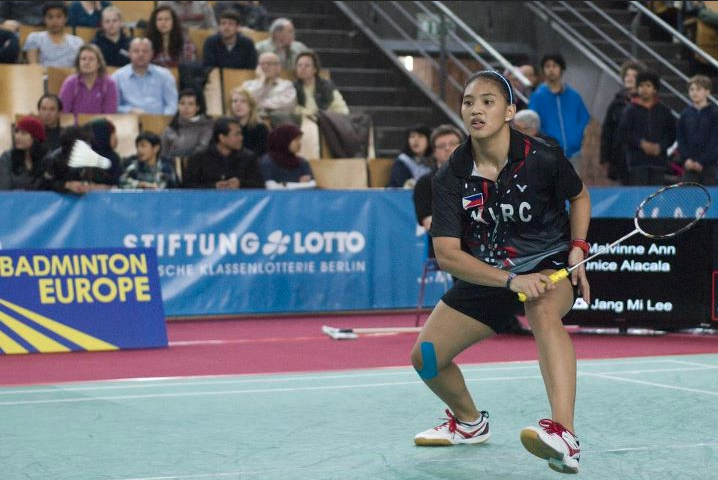SUMMARY
This is AI generated summarization, which may have errors. For context, always refer to the full article.

MANILA, Philippines – Most Filipinos think they know enough of badminton (at least, enough to play the game) when, in fact, this is just the tip of the iceberg.
Unlike other sports, a simple Google search of “badminton Philippines” unfortunately does not immediately yield details on the national team.
Instead, it generates information on courts for rent and rackets for sale.
This is because badminton, besides basketball, is probably one of the most widely played recreational sports in the country.
Pastime for families and barkadas
In the rising trend of people looking to live healthy lifestyles, the search for an uncomplicated sport has been around in past years.
The notion that badminton is an enjoyable, easy-to-learn sport, has contributed to its popularity among office employees and families.
And Filipinos have been quick to catch on. From street corners to expensive courts, one can observe people spending their free time rallying shuttlecocks with friends.
“Kaya ko gusto ang badminton kasi yun ang nilalaro ng maraming officemates ko,” said Renan Dimla, a finance associate who hits public badminton courts after work. “Kahit babae o lalaki, kahit di marunong, basta marunong humampas, puwede (I like badminton because many of my officemates play it. I compete with
both male and female friends, even if they don’t know how to play, as long as they know how to hit with a racket).”
The Filipino legends
Badminton in the country dates back as early as the 1940s. However, it wasn’t until former President Fidel V. Ramos, then the president of the Philippine Badminton Association, sent a special team to Fuzhou, Fujian, China in the 1980s that the sport generated hype among non-enthusiasts.
Where it was once a sport solely for the rich who could afford training abroad, badminton evolved into a sport played by anyone who owned a racket, explaining the explosion of playing centers and badminton academies around the country, including WWGBA — run by a family of Palarong Pambansa champions.

Among some of the notable Philippine players are Adriano Torres Jr. who was the first national singles champion in 1949; Errol Chan who represented the country in the 1979 World Badminton Championships; Weena Lim, the first Filipino in the Olympics, Atlanta 1996; and siblings Kennevic and Kennie Asuncion, who participated in the 2003 SEA Games and World Championships, among many others.
Olympic dreams?
Although badminton has not yet quite achieved the sudden surge in popularity currently enjoyed by football or the strong grip basketball has, enthusiasts believe that this is truly the sport for us Filipinos.
“You don’t need a height requirement, it’s not as expensive as other sports,” said Lee Anne Yabut, the only Filipina writer on Badzine, an international badminton webzine.
Interestingly, majority of the world’s greatest badminton players are from Asia.
According to Coach Jason Razal, badminton tournament manager for this year’s Palarong Pambansa, badminton in the country is bound to truly progress
in the coming months.
“It’ll improve a lot because PBA engaged the services of a former Olympic gold medalist in badminton as coach of the Philippine team,” said Razal.
The badminton community in the Philippines is definitely excited over the recent hiring of badminton legend Rexy Mainaky, who won the 1996 men doubles Olympic gold medal and the 1995 World Championship with fellow Indonesian Ricky Subagja.
Despite the numerous lucrative offers Mainaky received after his resignation as Malaysia’s coach, he decided to take on the Philippines as it provided
an interesting challenge to him.
He is currently the highest paid coach in the Philippines, even topping that of Azkals’ coach Michael Weiss.
With this new arrangement, the situation looks very promising for the national team and for Philippine badminton.
And possibly — perhaps in the near future — more Filipinos will be able to see the bottom of the iceberg too, and consider badminton not only as a hobby but as a source of national pride as well. – Rappler.com
Add a comment
How does this make you feel?
There are no comments yet. Add your comment to start the conversation.